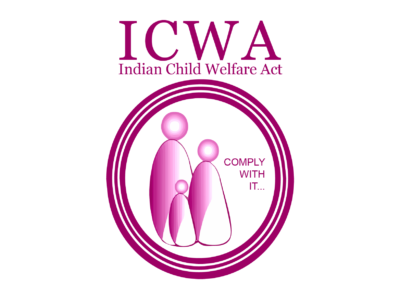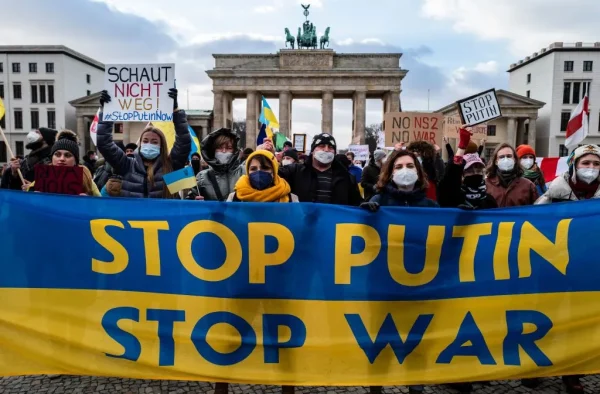The Oppression of Indigenous Youth & the Light at the End of the Tunnel

Photo courtesy of Honolulu Civil Beat
As you’re walking around school, work, or the grocery store, do you ever stop to think about who’s land you are walking on? Because the reality is that the land that we live on is not ours – it belongs to the Indigenous people who were here centuries before us.
Many people have heard about how “Christopher Columbus sailed the ocean blue in 1492”, and how he was the one to “discover” the Americas. But in reality, there was no place to discover – because people were already living here. These native people had their lives upended by colonizers such as Christopher Columbus and other white people who decided to take this land for themselves, regardless of whose land it actually was.
As a result of years of war and oppression, Indigenous people today are barely visible in our society. Tribes still exist within Turtle Island (or the so-called United States), but they have been forced onto smaller and smaller plots of land through forced migrations. Think of the Trail of Tears, when President Andrew Jackson forced tens of thousands of Indigenous people off their land and made them trek across 8 states – as well as the stealing of their land by the government. Those living on reservations today barely have enough resources to survive: many lack running water, electricity, and even a consistent food supply. The government does the bare minimum to support them.
Historically, Indigenous children have also been forced to attend state boarding schools, where they would be stripped of their culture and forced to conform to western religion and cultural standards. Sadly, these boarding schools led to the deaths of hundreds of Indigenous children. Recently, a mass grave of 215 children was found at an old Canadian boarding school, sparking a newfound interest in the plight of native youth. The United States has also engaged in forced assimilation. According to Boarding School Healing, 73 schools in the United States are still open today.
Indigenous oppression is not a thing of the past- it’s still happening today, and we barely know anything about it. Native people are barely represented in our media, and their stories are not shared.
However, there is one positive thing the government is doing to help improve the lives of Indigenous people, particularly the lives of indigenous youth. The Indian Child Welfare Act (ICWA) was passed in 1978 and ensures that Indigenous children stay within their own culture as much as possible. It aids in the adoption of children in the event that something happens to their parents – specifically, it helps find the most suitable guardians who would take care of the child.
First, the government would seek to place the child with a family member. If that is not possible, then the child would go to another person with their tribe. If no one within their tribe can take the child, then they would be cared for by an Indigenous person for another tribe. Only once all these options are exhausted can the child be placed with a non-native family.
ICWA is working to preserve Indigenous culture by keeping kids within their own communities. When native children are placed with non-native families, they run the risk of losing important aspects of their culture, such as their language, religious beliefs, and cultural practices. Therefore, this legislation is a positive step forward for the government, and will help many Indigenous children and families around the country. However, it’s not enough – native children are still being oppressed.
Racism and discrimination towards Indigenous people is still very present within our society. Native children may go to school and see no one who looks like them, and have to act more “white” in order to fit in with their peers. These issues are rarely addressed, however they are increasingly present and harmful to those impacted. So as the United States moves forward, it is imperative that these issues are taken into consideration so that the world can become a better place for everyone.





Peter Crownfield • Mar 6, 2023 at 6:48 PM
Good to see this thoughtful piece — thanks!